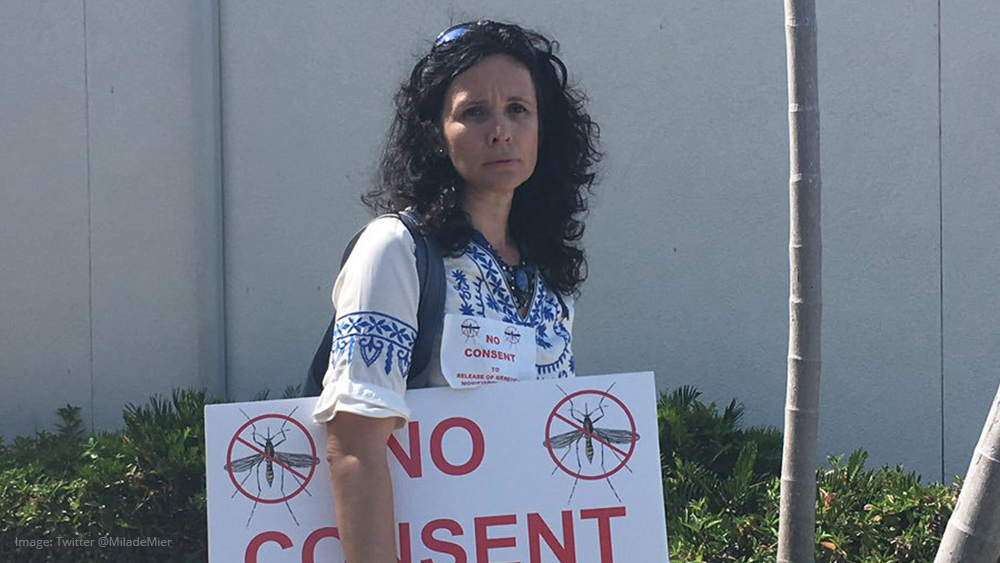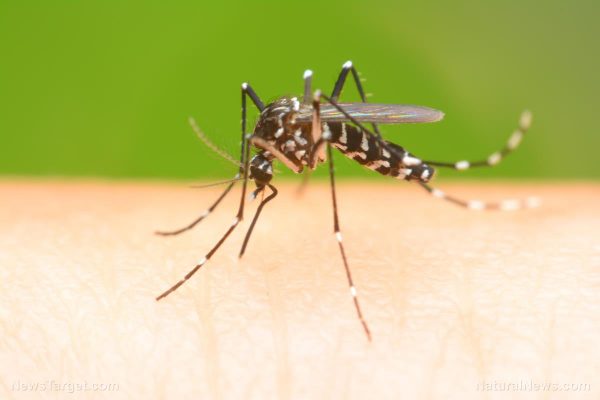It’s no secret that air pollution is a growing problem. But just how bad it is it ? Earlier this year, the air quality in London surpassed the toxic smog in Beijing — reaching a jaw-dropping 197 micrograms of particulate per cubic meter.
For the first time, London’s air quality is worse than China’s; experts say that this is the worst air quality reading London has had since 2011. London’s Mayor Sadiq Khan has even issued the highest air pollution alert in the capital city, citing the “filthy air” as a “health crisis.”
To put that all in perspective, the World Health Organization (WHO) recommends that PM2.5 and PM10 (particulate matter) stay at or below a mean value of 25 and 50 micrograms per cubic liter in any given 24-hour period, respectively. Their suggested yearly averages are 10 and 20 micrograms per cubic liter, respectively.
London’s 197 micrograms of particulate per cubic liter smashes those recommendations and is clearly an imminent risk to human health. And unfortunately, the rest of the world isn’t faring much better.
Global air pollution takes its toll
In the fall of 2016, the World Health Organization released a new air quality model that revealed approximately 92 percent the entire world’s population lives in places where the air quality exceeds the WHO’s limits on particulate matter. And that’s just outside: indoor air pollution is a whole separate issue that is also increasingly problematic.
According to the WHO’s report, at that time approximately 3 million deaths each year are related to outdoor air pollution — though some estimates are much higher.
In February 2017, BBC reported that the number of deaths attributable to air pollution is nearly double that. Data from the Global Burden of Disease Project has revealed that the number of deaths from air pollution has actually reached some 5.5 million annually.
Dan Greenbaum from the Health Effects Institute, located in Boston, MA, explains, “In Beijing or Delhi on a bad air pollution day, the number of fine particles (known as PM2.5) can be higher than 300 micrograms per cubic metre.”
Greenbaum reiterates that the amount of PM2.5 should really be sitting around 25 or 35 micrograms.
According to the research, air pollution causes more deaths than malnutrition, obesity, unsafe sex, and alcohol and drug abuse. The Global Burden of Disease project ranks air pollution as the world’s fourth greatest risk for mortality. [RELATED: Keep up with the latest information on toxic substances at Toxins.news]
No country is exempt from the ill effects of air pollution. The Guardian reported last year:
In Delhi, where there are nearly nine million vehicles, the high court has compared conditions to living in a “gas chamber;” Beijing and 10 other Chinese cities have issued red alert warnings; in Tehran, where the chairman of the city council, Mehdi Chamran, says air pollution kills up to 180 people a day, the smog has been so bad that schools have been closed and sports banned.
China and India are known for their terrible air quality; in 2015, roughly half of all air pollution-related deaths occurred in these two countries.
Other adverse effects of air pollution
The damaging effects of air pollution do not only show up in terms of mortality. There are many other ways that nano-sized particles in the air can cause harm. For example, recent research from University of Southern California has found that air pollution raises the risk of dementia by up to 92 percent. The small size of the particulate allows it to cross through the linings of the nasal cavity and go directly to the brain. Once there, damaging inflammation ensues, as your brain (and other exposed bodily tissues) react to the presence of foreign material.
A 2012 review published by the Journal of Toxicology notes that numerous studies have linked air pollution to diseases of the central nervous system (CNS), strokes, Parkinson’s disease, Alzheimer’s disease, and neuro-developmental disorders. Preliminary research has also shown that there are a variety of avenues for air pollutants to exert their negative effects, particularly in regard to the CNS. The team also noted that the adverse effects air pollution has on the cardiovascular and respiratory systems is well-documented, but that study of its effects on the brain and the rest of the CNS have been largely neglected. [Related: Keep up with the latest research news at Scientific.news]
The researchers write in their conclusion, “Air pollutants have been, and continue to be, major contributing factors to chronic diseases and mortality, thereby dramatically impacting public health. Air pollution is a global problem and has become one of the major issues of public health as well as climate and environmental protection.”
Sources:
SputnikNews.com
TheGuardian.com
WHO.int
WHO.int
BBC.com
CBC.ca
NaturalNews.com





















